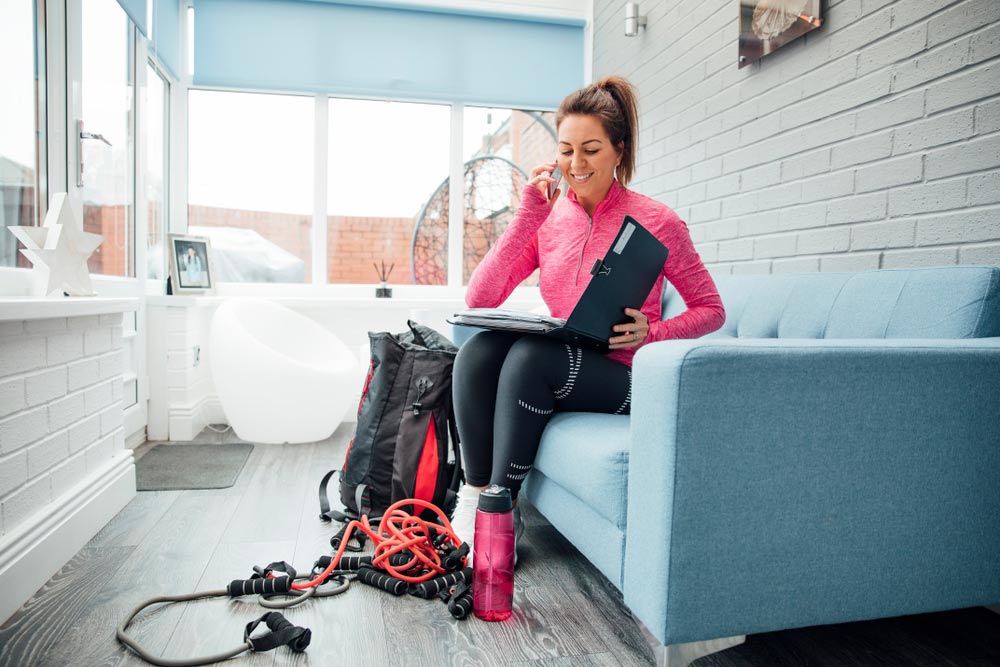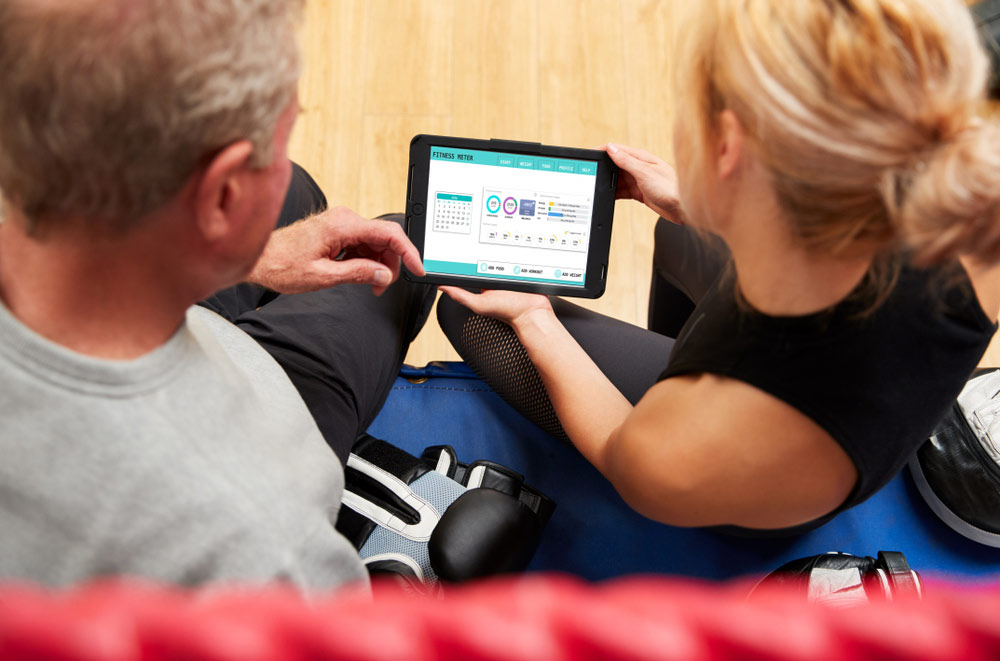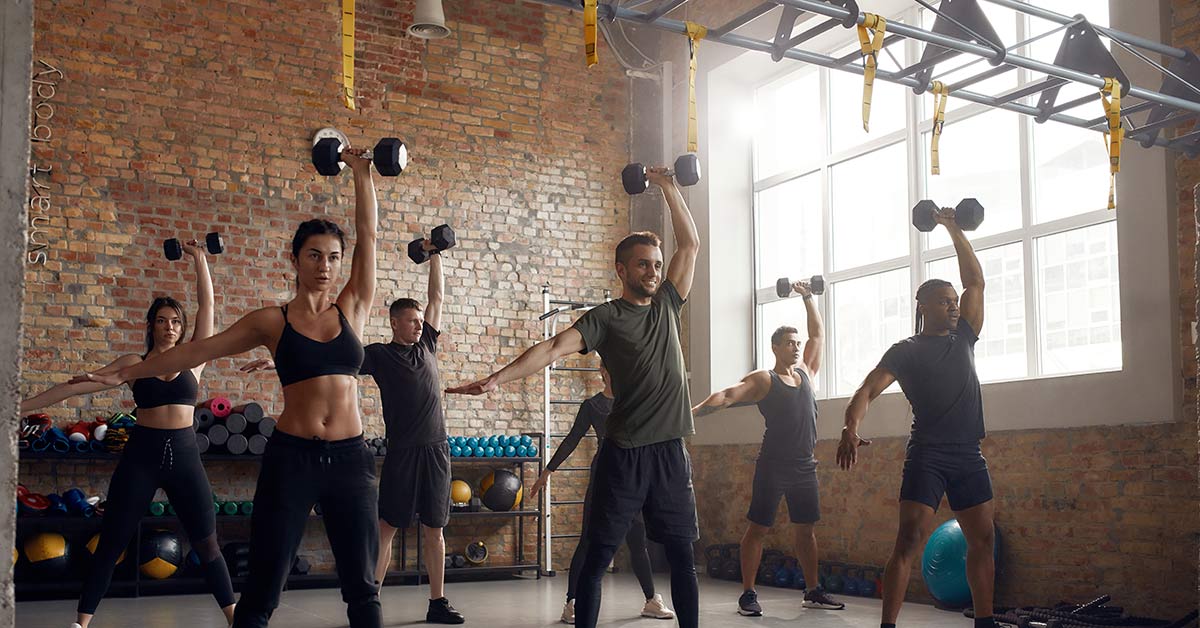27 Mar 2020
How To Start A Personal Training Business
Building an ongoing, sustainable personal training business is the ultimate goal for many of us in the fitness industry. However, you might be wondering asking yourself, where do I get started? That’s why we’ve put together this article to assist you in making the right steps towards owning your very own fitness business.
Questions to Answer Before Getting Started
If you’re planning to start your very own personal training business, below are a few questions to ponder before you do:
Am I Fit
Ask yourself this: If I were a client, would I be happy to see me when they opened the door? Or would a company be comfortable with me training their staff? There’s no getting past the initial physical side of personal training; that is the first impression. While you can be as lovely and funny and knowledgeable as you like, if you haven’t practised what you now plan to preach, your career as a personal trainer won’t get very far.
Do I Have a Business Name?
A catchy business name is designed to do one thing: snare business. So, give your business name serious thought. Think about what’s easy to remember and, just as importantly, easy to spell? Remember, once you start building an online presence and website, your business name needs to be part of a memorable and type-friendly URL, so keep it short and snappy.
Do I Have All the Right Equipment?
As a start-up personal trainer, you can’t rely on gyms to provide your equipment as half of your clients will be paying you so they don’t have to go to a gym. That means you should have an adequate amount of equipment from exercise mats and ropes to weights, bars and cones. Some needs to be new; a lot of it can be used.

Get the Right Credentials
It also helps to always have your student hat on and striving towards upskilling. If you accept that you’ll never be an expert, and that life is one long journey of learning new things, you’ll go a long way. That’s why AIPT have a bunch of nationally-recognised courses that can help you to become a personal trainer, check them out below.
SIS30321 Certificate III in Fitness
Get started with this certification that will equip you with the theoretical knowledge and practical skills needed to conduct fitness assessments and design/deliver fitness programs that help people achieve their goals. This course also helps you develop a comprehensive understanding of fitness and training fundamentals, such as anatomy and physiology principles.
SIS40221 Certificate IV in Fitness
Once you’ve completed your Certificate III, expand your qualifications and gain a deeper understanding of the science behind fitness and training principles with this certification. You will refine your ability to deliver client health/fitness assessments and tailored exercise programs. As well as extend your competencies across a broad range of relevant topics including fitness planning, training legalities, and even motivational psychology.
Fast-Track Personal Training & Business Course
Get the whole package and start your personal training business on the right foot with both a Certificate IV and Diploma of Business. You’ll begin with the entry requirements of Certificate III and be on your way to learning what it takes to not only start your own business but sustain it.
Discover Your Niche…
Once you’ve completed your training, you’ll probably find that it’s going to be difficult to be the best all-around personal trainer. In fact, it may be easier to focus on a specific area of personal training and make that the emphasis of your business. Being a specialist in one area will also make you stand out in a sea of personal trainers who are all doing the same thing.
Some specialty roles you could consider include:
Corrective Exercise
Bodybuilding
Sports Nutrition
Exercise Therapy
Youth Fitness and Coaching
Body Transformation
Senior Fitness.
…But Don’t Be Afraid to Diversify
There’s a big wide world out there, with a vast array of markets. In order to improve your ability to reach more of them, diversify your offering. If you have a very specific set of skills in a niche area, it can be beneficial to focus on that. However, if you don’t, it’s almost always a better option to diversify.
Try offering:
Boot camps
Group classes
Different exercise options
Competition prep plans
If you can’t offer these services yourself, find clients who want them – that’s the easiest way to justify taking on an additional employee and having the work there ready for them.
Do Your Research
Setting some time aside to research more about your target clientele will help you determine important factors of your business, including the price of your services and at what times your business will be the busiest. If you’re working in the city for instance, clients may be willing to pay more for convenience and desire midday time slots to get in their session during a work break. Meanwhile, suburban clients may have more flexibility in their hours, but they may also be homeowners and have less money to put towards a personal trainer.
Location or Online
Choosing to run your business from your own home can open you up to a local clientele, or by doing some research around different areas, you could have a separate location such as in the city. You could instead choose to run your business completely online, creating workouts and meal plans as well as providing encouragement via email to clients that otherwise could not see a personal trainer.
Target Clientele
Setting some time aside to research more about your target clientele will help you determine important factors of your business, including the price of your services and at what times your business will be the busiest. If you’re working in the city for instance, clients may be willing to pay more for convenience and desire midday time slots to get in their session during a work break. Meanwhile, suburban clients may have more flexibility in their hours, but they may also be homeowners and have less money to put towards a personal trainer.
Networking
It is impossible to grow a business without having a strong network around you. At some point, you’re going to need people who have skill sets that you don’t possess. This might include web designers, digital marketers, product or clothing designers, shopfitters and more.
By building a strong network, you’ll have people to go to with questions when you have them and may be able to access necessary services and products cheaper than the standard cost.
Get the Admin Side Sorted
This is probably going to be the least fun step in this guide to how to become a personal trainer. The basic tasks you’ll need to cover are:
Getting an Australian Business Number (ABN)
Your business’s budget
Your tax, GST and superannuation
Determine whether you are a sole trader or a company
You will also need professional indemnity insurance to protect you and public liability insurance to protect your clients; intensely boring but essential if you want to avoid opportunist clients confronting you in less than amorous ways over a strained groin because it can happen. Personal training is designed to push the physical boundaries of your clients and, as a startup trainer, those boundaries will be a picket fence at most. You won’t be dealing with brick walls of muscle from day one, and most of your clients will have illness, obesity or fairly advanced age to factor into your training programs.

Start Your Marketing
In this day and age, it’s never been easier to promote your business online. That’s why in order for your personal training business to succeed, you must have a strong and professional online presence. This is also a great opportunity to prove your value to prospective clients, by showing that you’ve helped a few clients achieve their goals and you’re pretty confident that you’re ready to take things to the next level and help out a whole lot more people.
Social media platforms such as Facebook, Instagram and LinkedIn are good tools for advertising, which you can modify to set your daily budget and target individuals according to interests, location, gender, age groups and more. Setting up a website is another key step in building your personal training business. Sites such as Squarespace and Wix are great for people who have little experience but still want a professional-looking website.
Provide High Value, Not High Costs
In order to become truly successful, you need to ensure you’re not leaving any money on the table when you calculate what you charge for your services. If your customers are willing to pay $110 per hour, it would be silly to charge $90.
When you’re determining what you charge customers, regardless of the product or service, it’s important to consider it from the perspective of the value they’re getting, not what it’s costing you. For example, if you’re producing workout shorts at a $5 production cost, don’t just sell them at $10 and be happy with your 100% markup. Determine what the value is to the customer and base your pricing on that. You’ll almost always earn more.

Get Your Clients, and Get Them into Your System
The best way to manage your clients once you have them is by systemising everything; using an app or software such as MyPT Hub can help track your cash flow and to handle client information such as nutritional’s and successes.
Kickstart your career as a personal trainer with the Australian Institute of Personal Trainers. Stop wondering how to become a personal trainer and start doing it today.
Stop wondering how to become a personal trainer and start doing it today. Turn your passion for fitness into your very own personal training business by getting certified with AIPT. Get in touch with us today on 1300 616 180 or enquire online.
Related Articles

10 Top Qualities of a Good Personal Trainer
Learning how to become a personal trainer is one thing, but how do we cultivate the skills needed to become successful and stay there?
Industry Supplier
Proud member of

© Australian Institute of Personal Trainers | RTO Number 32363

